When discussing the weight of a 3500 truck, it’s important to understand that the term “3500” typically denotes a heavy-duty pickup truck in the one-ton category. These trucks are designed to handle significant payloads and offer robust towing capacity. The actual weight of a 3500 truck can vary considerably, depending on its make, model, and the type of equipment installed. Generally, a 3500 truck’s curb weight, which is the weight of the truck without passengers or cargo, ranges from about 6,000 to 7,500 pounds. However, it’s crucial to check the specific vehicle’s manual or manufacturer’s website for precise information.
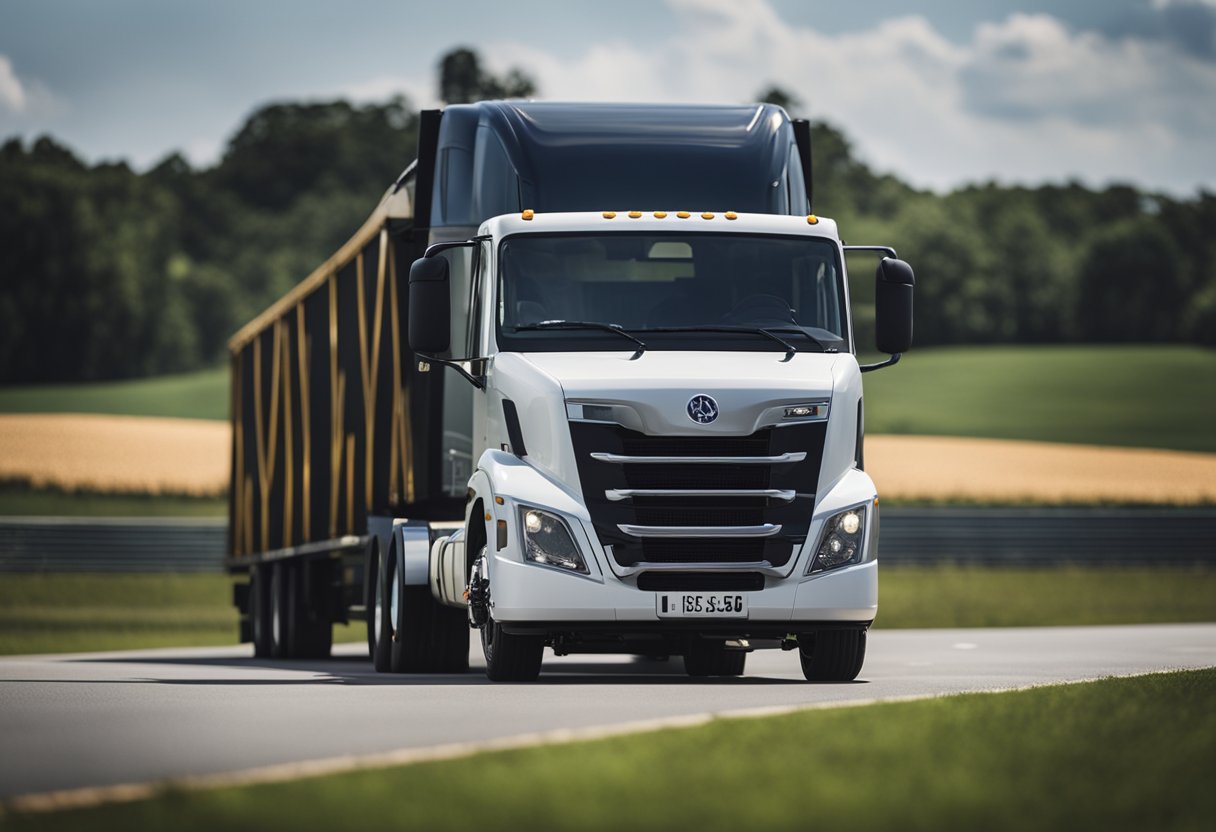
The weight of these trucks ties directly into their performance and capabilities. A 3500 truck’s designated weight class allows it to perform tasks that lighter trucks cannot handle, such as towing heavy trailers or hauling large loads. This capability is balanced with the need for on-road safety, and manufacturers are continuously innovating to enhance the comfort features and infotainment technology for both everyday driving and commercial use. When purchasing a 3500 truck, potential owners should consider the total cost of ownership, including warranty coverage and fuel economy, which can be affected by the truck’s weight.
Contents
Key Takeaways
- A 3500 truck typically refers to a one-ton, heavy-duty pickup.
- The curb weight for these trucks varies, usually between 6,000 and 7,500 pounds.
- These trucks balance payload capacity with safety and comfort innovations.
Understanding Truck Categories
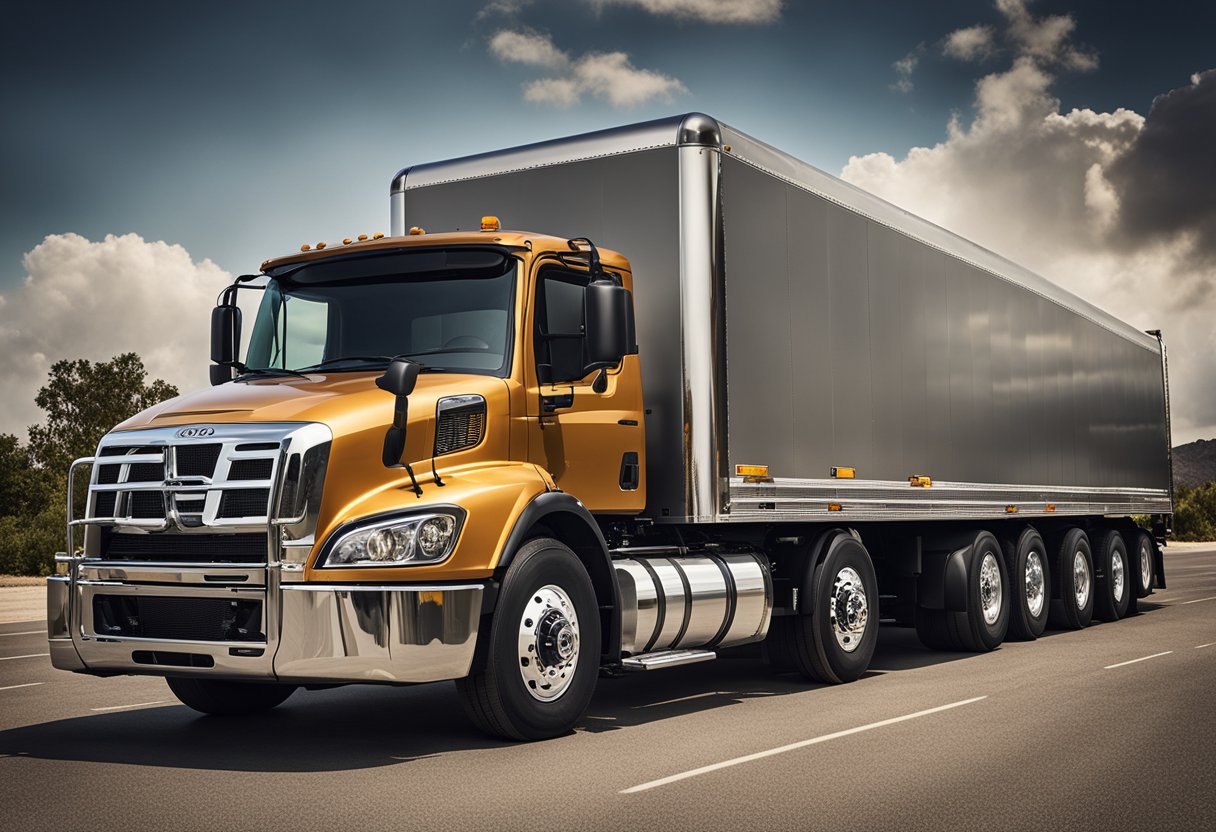
In my examination of truck categories, it’s critical to recognize that trucks are classified according to specific criteria, such as their weight limit. This helps determine their usage in various transportation scenarios.
Classification of Trucks
The classification of trucks is predominantly based on Gross Vehicle Weight Rating (GVWR), which represents the maximum loaded weight of the truck, including the vehicle itself, fuel, passengers, cargo, and any additional equipment. In the United States, the Department of Transportation classifies trucks into classes 1 through 8, with Class 1 starting at a GVWR of under 6,000 pounds (lbs) and Class 8 being over 33,001 lbs.
- Class 1: 0 – 6,000 lbs
- Class 2: 6,001 – 10,000 lbs
- Class 3: 10,001 – 14,000 lbs
- Class 4: 14,001 – 16,000 lbs
- Class 5: 16,001 – 19,500 lbs
- Class 6: 19,501 – 26,000 lbs
- Class 7: 26,001 – 33,000 lbs
- Class 8: 33,001 lbs and above
3500 Truck Designation
When discussing a 3500 truck, I’m referring to a heavy-duty truck generally classified within Class 3, as its GVWR ranges from 10,001 to 14,000 lbs. This designation indicates the truck’s robust capability for towing and payload, not simply its unladen weight. The ‘3500’ nomenclature, often used by various manufacturers like Chevrolet, GMC, and Ram, is a model indicator rather than a direct reflection of the vehicle’s weight. These trucks are designed to handle substantial loads, making them suitable for both commercial and personal applications where moving heavy equipment or materials is commonplace.
Basic Specifications of a 3500 Truck
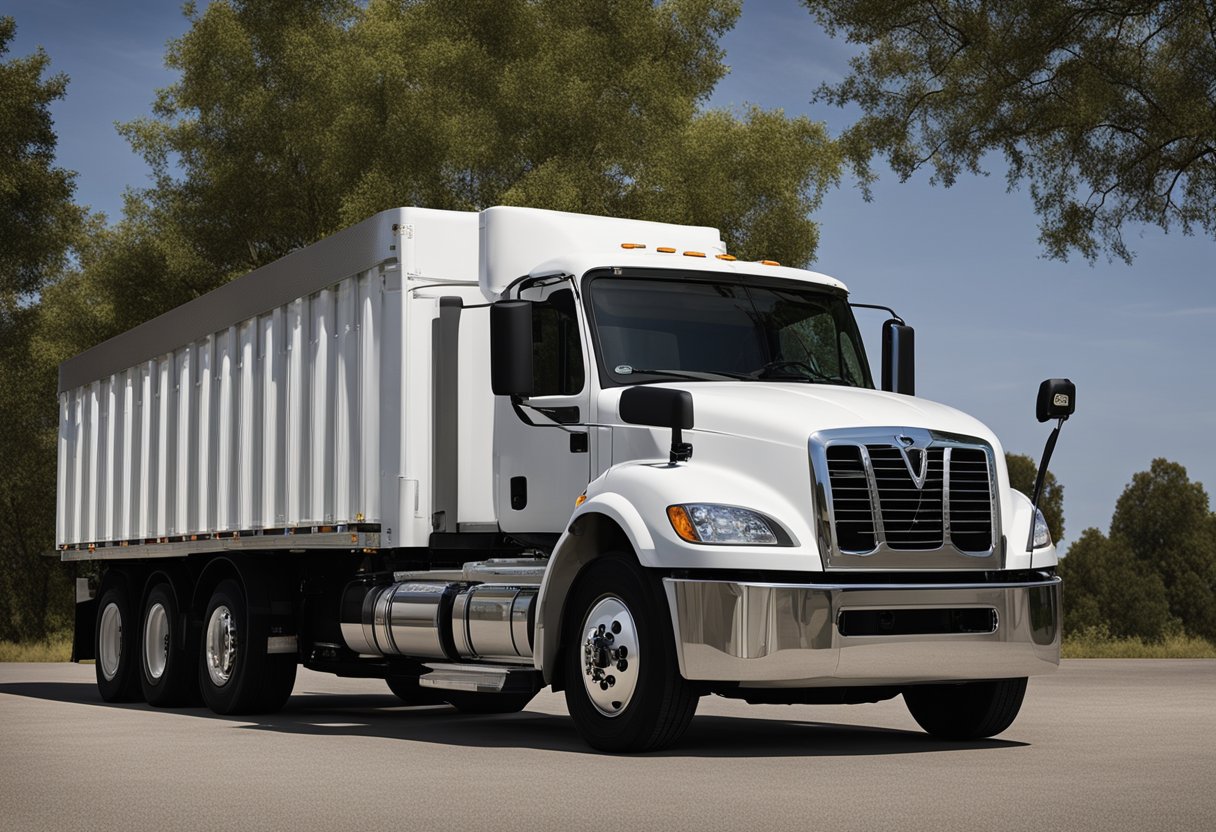
When discussing the basic specifications of a 3500 truck, I focus on the engine power, the overall dimensions and size, as well as the vehicle’s weight capabilities. As a heavy-duty vehicle, a 3500 truck is built to handle demanding tasks with robust engine options and significant hauling capacity.
Engine Specifications
Engine Type: Typically, 3500 trucks offer a V8 engine, providing substantial power for hauling and towing.
Fuel Type: Most of these trucks utilize regular unleaded fuel, although some models may provide diesel options to increase torque.
Horsepower (HP): On average, a V8 engine in a 3500 truck can deliver a horsepower that ranges significantly depending on the model and engine size, but it usually falls within a high output range.
Torque: The V8 engine contributes to a high torque output, essential for towing and heavy-duty work.
Cylinders: These trucks come standard with an 8-cylinder configuration.
Valves: The number of valves is typically 16 or more, improving the engine’s breathing and efficiency.
Dimensions and Size
Curb Weight: The curb weight of a 3500 truck refers to the weight of the vehicle without passengers or cargo, which can vary but often starts around 6,000 pounds.
Gross Weight: The gross weight indicates the maximum allowable weight of the vehicle, including cargo and passengers, which regularly exceeds 10,000 pounds.
Dimensions (LxWxH): Specific measurements also vary by model, but a 3500 truck is generally quite long and wide to accommodate the cargo bed and provide stability.
Weight Specifications
Weight: A 3500 truck’s weight is critical for determining its capabilities.
- Curb Weight: Ranges broadly depending on configuration and equipment.
- Gross Vehicle Weight Rating (GVWR): This weight is the maximum safe operating weight, which includes the total vehicle weight plus fluids, passengers, and cargo. A standard 3500 truck may have a GVWR that can exceed 11,500 pounds.
Payload Capacity: 3500 trucks are equipped to carry a significant payload, often rated at around 4,000 pounds or more, depending on the configuration and build.
By design, 3500 trucks integrate horsepower and torque with size and weight specifications to create a vehicle capable of handling robust workloads without compromising performance.
Performance and Capabilities
https://www.youtube.com/watch?v=a2sNEeKVQcc&embed=true
When assessing the weight of a 3500 truck, I examine critical aspects such as its power and efficiency alongside towing and payload capacities. These elements are fundamental in understanding the truck’s operational potential.
Power and Efficiency
I find that the base engine of a typical 3500 truck offers robust performance, often equipped with a V8 or turbo-diesel engine. This translates to a substantial horsepower output and torque, which is crucial for various demanding tasks. These trucks typically house engines that can range up to 6.6 liters in size, delivering horsepower that can easily exceed 350 hp and torque over 700 lb-ft, which is remarkable for heavy-duty tasks.
Fuel efficiency is equally important, and I note that while 3500 series trucks are not primarily designed for fuel economy, advancements in technology have improved their miles per gallon (mpg) metrics considerably. Fuel tank capacity also complements the truck’s operational range, with some models featuring tanks that hold upwards of 36 gallons, allowing extended use between refills.
Towing and Payload Capacity
A 3500 truck’s towing capacity is a key performance indicator that I closely monitor. It is not uncommon for these heavy-duty trucks to have a maximum towing capacity that reaches or even surpasses 20,000 pounds, depending on the configuration. This capability allows for the transportation of large trailers, heavy machinery, and other substantial loads with ease.
The payload capacity is another feature I examine, as this determines how much weight the truck can carry in its cargo bed. A 3500 truck can typically support a payload that approaches or exceeds 4,000 pounds. The maximum payload capacity is often influenced by the truck’s own weight, engine power, and structural integrity. It’s essential for those who need to transport heavy equipment or materials.
In terms of power, engine size, and efficiency, these trucks are designed to perform reliably under strenuous conditions. Their ability to tow and carry substantial loads makes them a top choice for jobs requiring heavy lifting and long-distance haulage.
On-Road Handling and Safety
When it comes to understanding how much a 3500 truck weighs, it’s important to consider how the weight impacts on-road handling and safety. Specific components such as the suspension and drivetrain play crucial roles in managing this weight, and safety features are integral to ensuring that the vehicle operates securely under various conditions.
https://www.youtube.com/watch?v=JQQzNJzllDI&embed=true
Suspension and Drivetrain
The suspension system in a 3500 truck has the critical job of maintaining contact between the tires and the road surface, which is essential for my control over the vehicle. Robust suspension components, such as reinforced coil springs and shock absorbers, keep the truck stable, despite its hefty weight which typically ranges from 6,000 to 7,000 pounds. My truck’s drivetrain, particularly if I opt for a four-wheel drive system, provides additional weight distribution and power to all wheels, enhancing traction and stability.
-
Suspension Components:
- Coil springs
- Shock absorbers
- Struts
-
Drivetrain Options:
- Rear-wheel drive
- Four-wheel drive
Safety Features
The safety features in my 3500 truck are designed to protect both passenger and cargo, without compromise. Advanced brakes are necessary to effectively bring the heavy vehicle to a stop, and systems like traction control and stability control intervene when they detect wheel slip or instability, respectively. Furthermore, the tire pressure monitoring system alerts me to any discrepancies in tire pressure, which can affect the truck’s handling and, consequently, its safety.
- Key Safety Features:
- Antilock braking system (ABS)
- Traction control
- Stability control
- Tire pressure monitoring system (TPMS)
By paying attention to these aspects of my truck’s design and functionality, I ensure that I am leveraging its features for optimal handling and safety on the road.
Design and Comfort Features
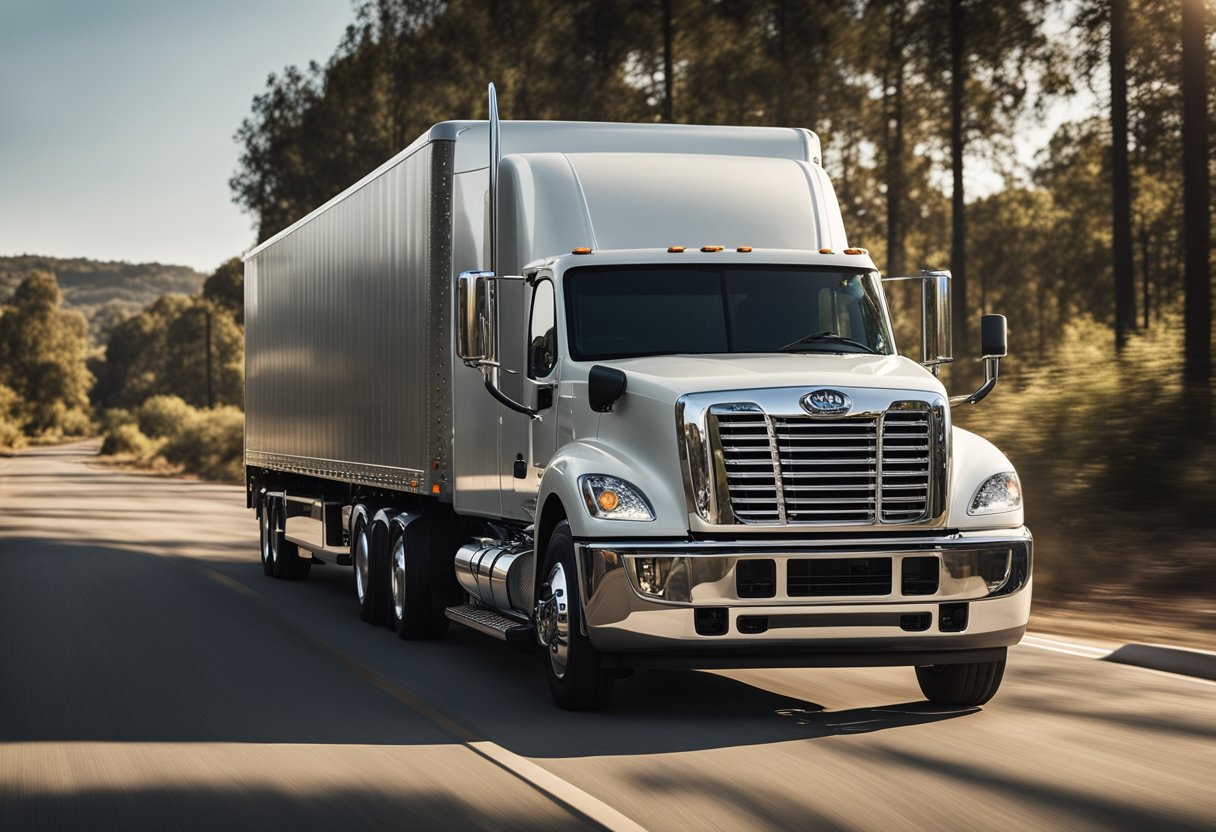
When considering the design and comfort features of a 3500 truck, it’s essential to look into their practical exterior and interior design aspects and how these contribute to comfort and convenience. These trucks come from manufacturers such as Ram, Chevrolet, and Dodge, and they offer an array of options that impact their overall functionality and comfort.
Exterior and Interior Design
Exterior Colors: I find that a 3500 truck offers a wide variety of exterior colors. For example, Ram provides options like Flame Red and Patriot Blue, which give the truck a bold appearance. In terms of Dimensions, these trucks are significant in size, with a considerable wheelbase and bed length that contribute to their maximum towing capacity and payload. For instance, some Chevrolet models have a bed length that can easily accommodate large loads.
Interior Colors: Turning to the inside, the interior colors that I’ve seen match the quality of the exterior with options such as Jet Black and Cocoa/Dune. As for the Country of Final Assembly, this varies, but many models from these brands are assembled in the United States, which can be a factor in the perceived quality and design standards.
Comfort and Convenience
Maximum Payload and Towing Capacity: The Chevrolet and Ram 3500 trucks are engineered to offer high payload and towing capabilities, with some models capable of towing tens of thousands of pounds. I have noticed that the maximum payload is influenced by factors such as bed length, which also varies between models but typically offers ample space.
Dimensions and Turning Circle: In terms of dimensions, trucks like the Dodge 3500 have an overall width that provides a stable driving experience, while the overall width without mirrors is a crucial measurement for navigating through narrower spaces. The ground clearance and height play a role in the truck’s ability to maneuver different terrains. Moreover, the turning circle affects how comfortably these trucks can handle curves and parking.
I’ve observed that features such as the interior design and length of the wheelbase impact the ride quality directly. A long wheelbase can result in a smoother ride, which is helpful for these heavy-duty trucks that typically have firm suspensions for load-carrying purposes.
Ownership and Warranty
https://www.youtube.com/watch?v=bxgNnhZMmeE&embed=true
When considering the purchase of a 3500 truck, I understand that warranty and maintenance are critical factors. I focus on the coverage details and the implications on durability and long-term costs.
Warranty Information
The basic warranty for most new 3500 trucks typically covers at least 3 years or 36,000 miles, whichever comes first. This includes the replacement of parts and labor due to manufacturing defects or failures. It’s paramount for me to thoroughly review the warranty terms to understand the aspects of my truck that are covered, as well as specific components like the powertrain, which may have a different coverage period.
Maintenance and Durability
-
Regular Maintenance: To maximize the life of my 3500 truck, I follow a strict maintenance schedule. This often involves:
- Regular oil changes
- Tire rotations
- Brake inspections
-
Durability Expectations: Given the weight-sensitive nature of the truck, the impact on components can be higher. My attention to wear and tear is key to preventing costly repairs outside of the basic warranty period.
I keep records of all maintenance tasks to ensure the warranty remains valid and to provide evidence of proper care in case of warranty claims. The robust design of modern 3500 trucks, along with my adherence to maintenance protocols, helps ensure a long-lasting vehicle.
Technology and Infotainment
https://www.youtube.com/watch?v=t1w6pmhtjTw&embed=true
When we discuss the weight of a 3500 truck, it’s vital to recognize components beyond just the frame and body. I realize that technology and infotainment systems contribute to the total weight, considering their sophisticated components and wiring.
In-Car Entertainment Systems have become more advanced, integrating larger screens and complex audio setups. For example, installing a high-fidelity AM/FM stereo system requires not only the stereo unit itself but also speakers, amplifiers, and other equipment which increase the overall weight.
- USB Connection: A standard feature for modern trucks, the USB connections allow for charging devices and usually involve additional wiring and sometimes a hub for connectivity.
- Auxiliary Audio Input: This feature is lighter but still adds to the total due to the required ports and internal connections.
I also note that USB with External Media Control allows drivers to manage their media devices without taking their hands off the wheel. This convenience adds modest weight due to the control modules involved.
| Feature | Weight Contribution |
|---|---|
| In-Car Entertainment System | Moderate |
| AM/FM Stereo System | Moderate |
| USB Connection | Minimal |
| Auxiliary Audio Input | Minimal |
| USB with External Media Control | Minimal to Moderate |
Overall, while these technological enhancements do add to the vehicle’s weight, they are essential for a modern driving experience, blending entertainment with functionality. It is this integration that exemplifies cutting-edge truck design.
Buying Guide
https://www.youtube.com/watch?v=wWWw98YjF90&embed=true
When considering the purchase of a 3500 truck, it’s crucial to think about both the cost and the specific model that will meet your needs. I’ll guide you through important considerations to ensure you make an informed choice.
Cost Considerations
Purchase Price: I should evaluate the initial purchase price of the truck. Prices can vary significantly based on features and capabilities. It’s essential to balance between what I can afford and the features I require for my specific purposes.
Operating Costs: I need to account for the variable costs such as fuel consumption, maintenance, and insurance. Trucks of different weights and models may have varying fuel efficiencies and maintenance requirements that could affect long-term expenses.
Choosing the Right Model
Payload Capacity: Selecting the right model involves understanding the payload needs. I should examine the maximum load the truck can carry. Ensure that it aligns with the weight of the materials I plan to transport regularly.
Towing Capacity: If I aim to tow trailers or other vehicles, the towing capacity of a truck is a vital feature to consider. It’s important to choose a model that exceeds my anticipated towing weight to prevent overloading.
Fuel Efficiency: Trucks with better fuel efficiency can lead to substantial cost savings over time. I must look into the miles per gallon (mpg) each model offers and consider how it fits into my budget and usage patterns.
Reliability: A reliable truck can help me avoid costly downtimes. Therefore, I should research models known for durability and lower maintenance needs.
Please note that this guide is not exhaustive, but it covers the key points that should influence my purchasing decision. It’s always advisable to thoroughly research and compare models before making a final choice.
Frequently Asked Questions
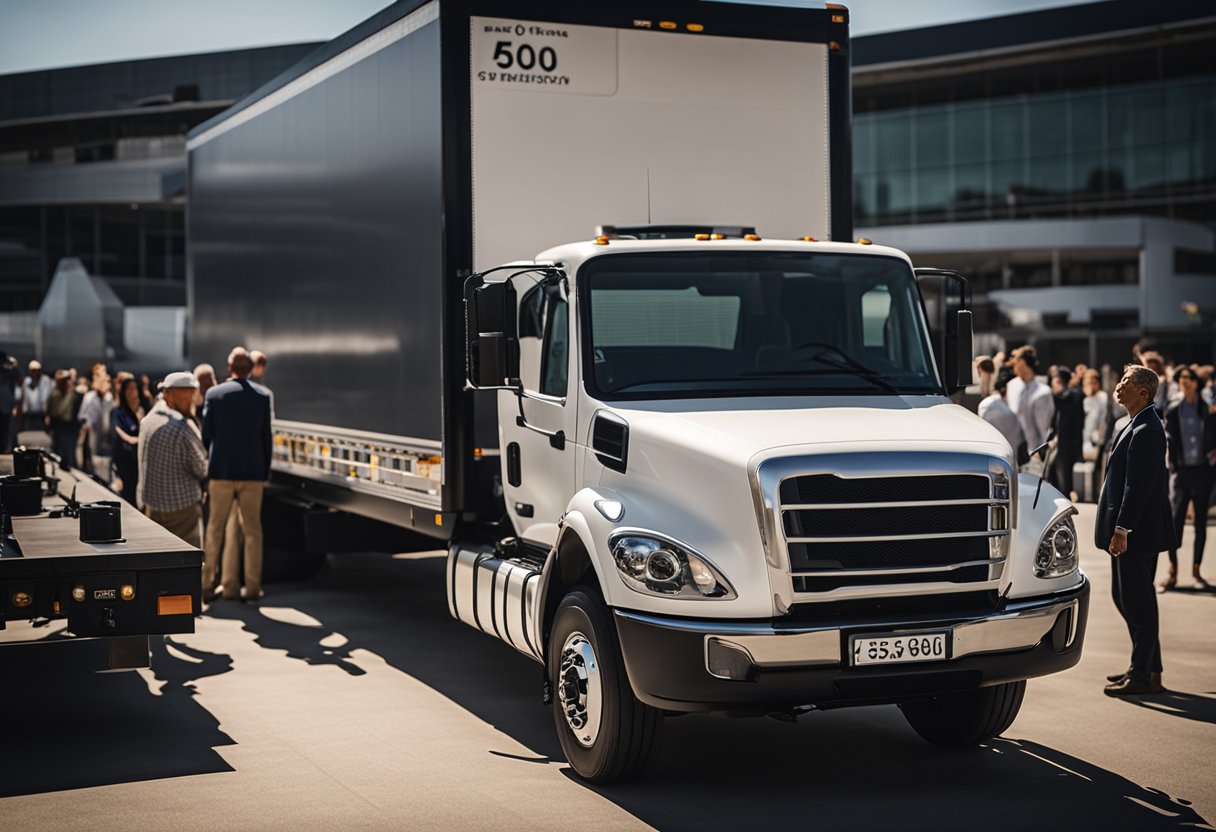
In this section, I’ll address some common queries regarding the specifics of the Chevy Silverado 3500’s weight.
What is the curb weight range for a Chevrolet Silverado 3500HD?
The curb weight for the Chevrolet Silverado 3500HD varies by model and configurations but generally ranges from approximately 6,231 pounds to 7,153 pounds.
Can you specify the weight of a 2023 Chevy Silverado 3500 in pounds?
A specific 2023 Chevy Silverado 3500’s weight would depend on the trim and options selected, but it would typically weigh around 6,500 to 7,500 pounds.
What is the gross vehicle weight rating (GVWR) of a 3500HD truck?
The gross vehicle weight rating, or GVWR, for a 3500HD truck is typically around 10,000 to 14,000 pounds, varying by configuration and specifications.
How does the weight of a Chevy 3500 truck compare to lighter models like the 1500 and 2500?
The Chevy 3500 is heavier than the 1500 and 2500 models due to its more robust frame, enhanced suspension, and overall build designed for heavier duty.
What are the weight differences between a regular Chevy 3500 and a 3500HD Duramax?
The 3500HD Duramax, which includes a more substantial diesel engine, is heavier than the standard 3500, often adding a few hundred pounds to the vehicle’s total curb weight.
Does a 3500HD truck classify as a one-ton vehicle, and what does that mean in terms of weight?
Yes, a 3500HD is often referred to as a one-ton vehicle, indicating its capability to carry a payload of 2,000 pounds, which is simplified and does not correspond directly to the vehicle’s actual weight.

